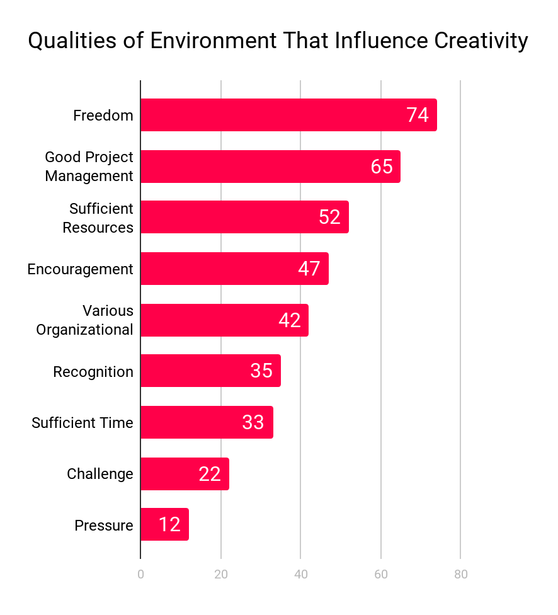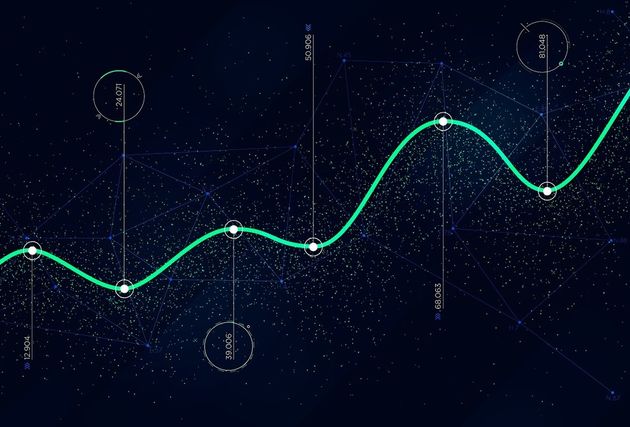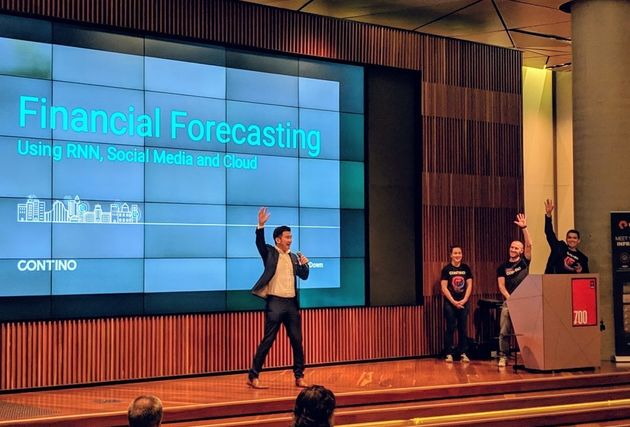Fostering Creativity in the Fourth Industrial Revolution
“Imagination is the beginning of creation. You imagine what you desire, you will see what you imagine, and at last, you create what you will.”
— George Bernard Shaw
We are entering the Fourth Industrial Revolution (4IR).
This new wave is characterized by the blurring of lines between physical, digital and biological spheres. Artificial intelligence, robotics, the Internet of Things, 3D printing, quantum computing, nanotechnology and so on are all examples of disruptive 4IR technologies.
The Third Industrial Revolution was catalysed by the emergence of digital. Why is the fourth revolution not simply an extension of the third? Three reasons:
- The pace of innovation is unprecedented
- The rate of evolution is exponential not linear
- Disruption is occurring in almost every industry in almost every country.
This shift from the Third Industrial Revolution (simple digitization) to the fourth, which is typified by constant innovation based on combinations of technologies, is transforming the way we work and consequently the skills required to be successful in tomorrow’s workforce.
According to the World Economic Forum, the top three skills needed will be complex problem solving, critical thinking, and creativity.
In this article, I will explore how the ways we work can be geared towards the kind of ways of thinking that will be needed.
Environmental Factors That Influence Creativity
Research into both the intrinsic and extrinsic factors that influence creativity over the last six decades have demonstrated some clear conclusions.
The below graph depicts the weight that Teresa Amabile, a Harvard professor of organizational psychology, has put on various factors that influence creativity.
From the gathered data it is clear that freedom is the number one factor that contributes to creativity. But what is meant by freedom?
Freedom in deciding what to do or how to accomplish the task, a sense of control over one’s own work and ideas.
Further research has shown that operational autonomy – freedom in the day-to-day conduct of one’s work, in deciding how to achieve the overall goal or mission of a project – is also vital.
We see that a lack of freedom in deciding what to do or how to accomplish the task, lack of sense of control over one’s work or ideas, contribute actively towards factors that stifle creativity (e.g. insufficient time, too much pressure).
How can this freedom and autonomy be fostered in modern technology environments? By creating the space for experimentation.
Digital Prototyping for Creativity in the Modern Enterprise
Your engineering teams need the freedom to be able to develop, test and iterate on digital designs before scaling them. An isolated experimental testing environment (‘sandbox’) is needed to develop digital prototypes at speed and scale.
Here are five key requirements to help you create an environment for rapid digital prototyping that can hold the space for creativity and autonomy.
- Shift to an adaptive governance model
An adaptive governance model means striking a balance between the constraints of full organizational governance and letting a team be entirely self-governing.
Digital teams must have the ability to make on-the-spot decisions without having to wait for approvals or go through long bureaucratic processes. Having the latitude to explore new tools or modify infrastructure without lengthy processes translates into autonomy and freedom to experiment.
This approach calls for broad collaboration between stakeholders to ensure that participants act as guard rails for each other (both in their decision making and their assumptions), ensuring no single member subscribes to self-governance alone.
2. Understand the purpose behind the prototype
A prototype is a tangible representation of your idea. It’s purpose is to function as a testable hypothesis of the value and technical feasibility of a given concept.
A functional prototype allows you to course-correct earlier in the design process (when changes are much faster and cheaper to implement), rather than later (when you have veered even further off course). It minimizes the time and cost needed to create successful products, maximizing creative energies.
The primary concern should be a prototype's initial purpose, namely, what is required to move ahead, not how the prototype will be implemented. The latter will come in good time.
3. Define learning goals
The ability to course-correct a prototype depends on how quickly you are able to learn.
Learning goals, therefore, are vital questions that must be asked in order to improve an idea until it’s strong enough to enter the marketplace.
Do customers want this service? How do they want it to be delivered? Do they want the information arranged in one block, or in separate parts?
Learning goals should not only be formulated out of what is known as far as organization processes and practices, but also what is not known. Here creativity should be applied to construct a hypothetical future organization, one that looks and feel entirely different from the one we experience today.
It is imperative that these learning goals are formulated in an organization that tolerates thinking that goes beyond the needs of the day to allow for a future organization with the possibility of entirely new goals and objectives.
4. Test at the Right Scale
Selecting the right type of prototype for your project depends on your stage in the process and your learning goals. There are many different types of prototype that range from abstract (e.g. visual mock-up) to the concrete (e.g. working minimum-viable-product).
As prototyping move to become a more concrete idea (simulation, storyboard), both functional and non-functional requirements should be considered strongly.
Non-functional requirements include constraints and qualities. Qualities are the properties or characteristics of the system that its stakeholders care about and hence will affect their degree of satisfaction with the system. A constraint is a restriction on the degree of freedom we have in providing a solution.
Moving towards the end-goal of a concrete prototype, the environment will be more constrained, and less freedom will be available for solutions.
5. Defining Criteria for Selecting Prototyping Tools
We have seen that the act of creativity requires a great deal of freedom up front, which diminishes as the requirements of the solution emerge over time. Not providing these freedoms limits creativity, resulting in poor ideas and limited product delivery.
Each stage of prototyping should serve as input to determine the correct tooling. An overarching prototype process should be put in place, and education should be provided to all stakeholders.
Organizational governance should not trump the overarching goals of the prototype and the problem that need to be solved.
Nurturing Freedom and Creativity
Building prototypes and cultivating innovation is different from everyday work.
It’s all about building a different governance model, developing learning goals, and adapting your standard processes. To be successful, it’s crucial that your innovations be separated from daily organizational operations and nurtured carefully.
Freedom and creativity have to be cultivated to ensure success in the uncertain and ever-changing 4IR!






